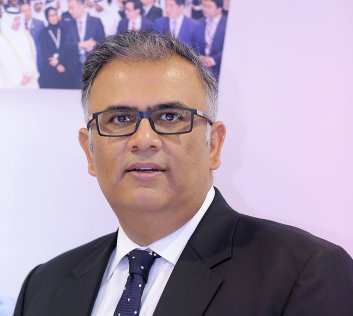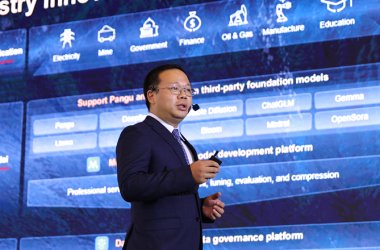
By 2025, global data volumes are expected to reach 180 zettabytes – an increase of more than 400% compared to the 40 zettabytes recorded in 2019. Most of this will pass through a data centre at some point. Data centres need to cope with this massive demand.
Future-proofed data centres –that feature smart, scalable, flexible solutions – will form the heart of the digital economy, in which data will be a major commodity that will enable both public and private sector entities to thrive.
A connected world relies upon efficient data centres. These enable the applications and services used throughout society to run as smoothly and seamlessly as possible. As the Internet of Things (IoT) expands, fueled by the roll-out of 5G and artificial intelligence (AI), data centres will need to process increasingly more data.
Huawei’s Global Industry Vision suggests that 97% of large enterprises intend to use AI by 2025, and AI will form a primary component of their digitalisation strategies. A robust underlying data centre and networking architecture is essential to enable data-hungry AI-based systems and infrastructure of a digitally-driven society.
The need to build data centre environments that are adequately equipped to handle growing data volumes has seen an increase in investment recently, especially from organisations that recognise the value of getting ahead of the upcoming boom. They understand that building an appropriate networking and data centre infrastructure requires more just considering today’s business-as-usual workloads and anticipated spikes caused by major events. Long-term growth and the ability to cater to unexpected occurrences, such as the COVID-19 pandemic, are essential considerations. Alongside this, speed, reliability, and cost-effectiveness are priorities, while factors such as throughput, latency, simplified operations, maintenance, intelligence, and security are critical.
Custom-build Data Centre Interconnect (DCI) technology is becoming increasingly important to meet these requirements. DCI technology has the ability to boost inter-data centre bandwidth, reduce latency, and eliminate packet loss for an overall better experience. As a result of this it is growing in importance for large enterprises, many of which are taking the step of owning and controlling their own DCI infrastructure to handle current and future traffic needs. This is particularly the case amongst larger web companies, even highly digitalised entities such as government departments, large utilities, telecommunications, and financial services are following suit. Controlling the DCI allows oversight of all decisions, such as those related to bandwidth availability and security profiles, rather than relying on a third party.
Huawei has developed a deep understanding of DCI technology, resulting in the development of award-winning solutions. Our findings have revealed that an approach using high-density, optical-electrical integrated design incorporate flexible configuration of up to 800G per wavelength should provide sufficient power to handle the next 10 years’ of data demands.
Solutions such as this represent the future of data centre evolution. The ability to rapidly adapt to the needs of the time, whatever they may be, is what will enable businesses and governments to extract the most value from their data.
Another key advantage to the more intelligent data centre is that it requires considerably less physical footprint than previous versions. Advanced modular data centres significantly simplify equipment room construction and location requirements, with shorter installation times, lower costs, and ever a faster time to market for enterprise digital transformation services.
The data centres of today and tomorrow require a tailored approach based on individual requirements. But while there may be no one size fits all approach to developing them, there is a common element that must be incorporated regardless of data needs: sustainability. With exponential data growth on the horizon, the best investment in data centres is to ensure that they are developed with flexibility and increased demand in mind.





